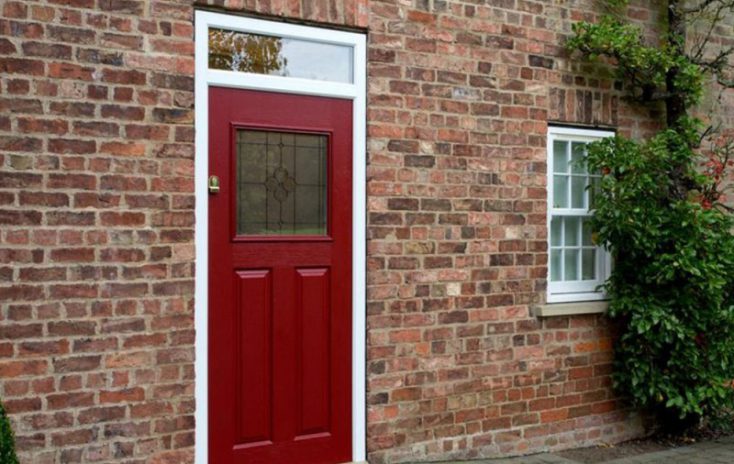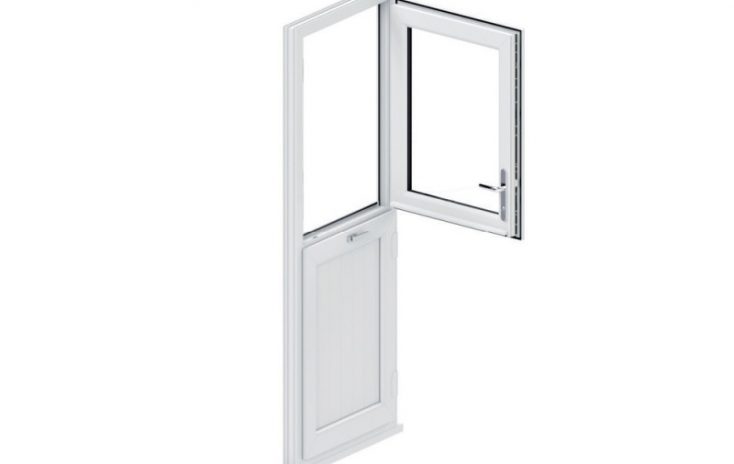Building regulations are intended to create a minimum standard across the industry in order to ensure that a consistent level of quality is met and to avoid known issues.
With that being said, complying with building regulations can be confusing and challenging at the best of times. With so much to know and read, it can easily become overwhelming.
We understand the confusion and stress installers face when it comes to building regulation, especially surrounding doors and windows, so to make it that bit easier, we have compiled a list of everything you need to know about building compliance for windows and doors.
Approved Document Q
Approved Document Q is focused on the security levels of new residential dwellings. The objective behind this document is to help reduce potential break-in opportunities for intruders when it comes to new homes in an attempt to make homes more secure.
Document Q uses the current PAS 24:2016 British Standard. PAS 24:2012/2016 is a test for windows and doors assessing their ability to withstand a range of potential forms of break-ins. Examples of these include using implements to break into the door, physical force and other methods used by burglars to gain entry to a home.
Whilst different accreditations, PAS 24:2016 is connected to the Secured by Design certification. Complying with PAS 24:2016 is a prerequisite to meeting the requirements of Secured by Design.
For more details on the specific requirements and tests of Approved Document Q then see our Approved Document Q guide which takes a closer look at the document.
Approved Document L
Approved Document L is a set of British Standards concerned with the regulation of thermal efficiency in windows and doors.
Approved Document L1B, or Thermal Efficiency requirements for Windows and Doors, specifies that there must be an airtight seal in order to reduce the risk of cold draughts thus helping to maintain heat within the building and to increase the level of energy efficiency in homes.
Approved Document L1B also specifies the required U-Value for windows and doors. The U-Value measures the thermal performance of a window or door and how well they help to reduce heat transfer. This is measured in watts per square metre-kelvin.
Simply put, the lower the U-Value, the more energy efficient the window or door is.
The minimum requirement is a U-Value of 1.6W/(m2⋅K), which is applicable to all new windows and doors. This is regardless of their material.
Take a look at our guide to Approved Document L.
Approved Document B
Approved Document B sets out the regulations regarding the fire safety precautions that must be adhered to. The objective of Approved Document B is to ensure the safety of occupants, firefighters and those close to the building in the event of a fire.
The document lays out all standards in regards to this. Areas of concern include means of escape, the ability to internally isolate a blaze to prevent a fire from spreading, external fire spread, firefighter access to the building and facilities, fire detection and warning systems in place within a building.
In terms of windows, in first floor rooms that are habitable, for example bedrooms, windows must be wide enough to provide a means of escape. In addition, side-hung sashes must be fitted with an egress friction stay, allowing the sash to open to 90° and provides a wider opening clearance.
Approved Document E
Approved Document E provides guidance on the resistance to the passage of sound in domestic buildings, in schools and flats. This guidance applies to new buildings, to alterations to pre-existing premises and to buildings being converted to flats.
The document provides guidance on sound proofing, including the transmission of sounds between walls, ceilings, windows and floors. It covers unwanted sound travel within different areas of a building, including common areas within schools and buildings containing flats, and in-between connecting buildings.
Approved Document F
Approved Document F provides guidance on ventilation within a building. This includes building air quality and the prevention of condensation forming in a domestic or non-domestic building.
For example, in a domestic property, ventilation must be circulated continuously throughout the entirety of the building, extract ventilation must be applicable within an area of increased humidity or pollution. This could simply refer to the ability to open a window to air a room out.
Approved Document K
Approved Document K includes guidance on protection from falling, collision and impact.
Advice and information for avoiding collision and impact involves the positioning of doors and windows throughout a building and is focused on ensuring that no injuries occur due to occupants colliding with open windows and doors and that doors and windows are not positioned in a way that could potentially trap someone
Approved Document M
Approved Document M provides guidance regarding the access to and use of a building. The document is concerned with areas such as entrances, circulation areas, facilities and sanitary accommodation but also covers detail with respects to entrance and internal doors
When specifying doors and their hardware, it is crucial to consider the requirements of the Approved Document M and how they will apply to the door.
Doors must be wide enough to gain access into buildings and allow for movement throughout the building. The minimum width will vary but usually 2’9″ (838mm) is accepted externally.
A maximum door threshold of 15mm is permitted, whilst also being chamfered or rounded to provide easier access through the doorway for wheelchair users.
As you can see, in terms of building regulation, it is clear to see why many installers struggle to fully grasp the current building regulations but we hop[e this article has been helpful and provided you with greater insight into these documents.
Still have questions? Get in touch with us and a member of our team will be happy to offer you any advice or information you may need.
Please note: the information in this article is designed to provide helpful information and does not constitute official advice. Whilst every effort is made to ensure its accuracy and completeness, you should refer to official guidance. Information may be subject to change and may not be immediately reflected in this article.



